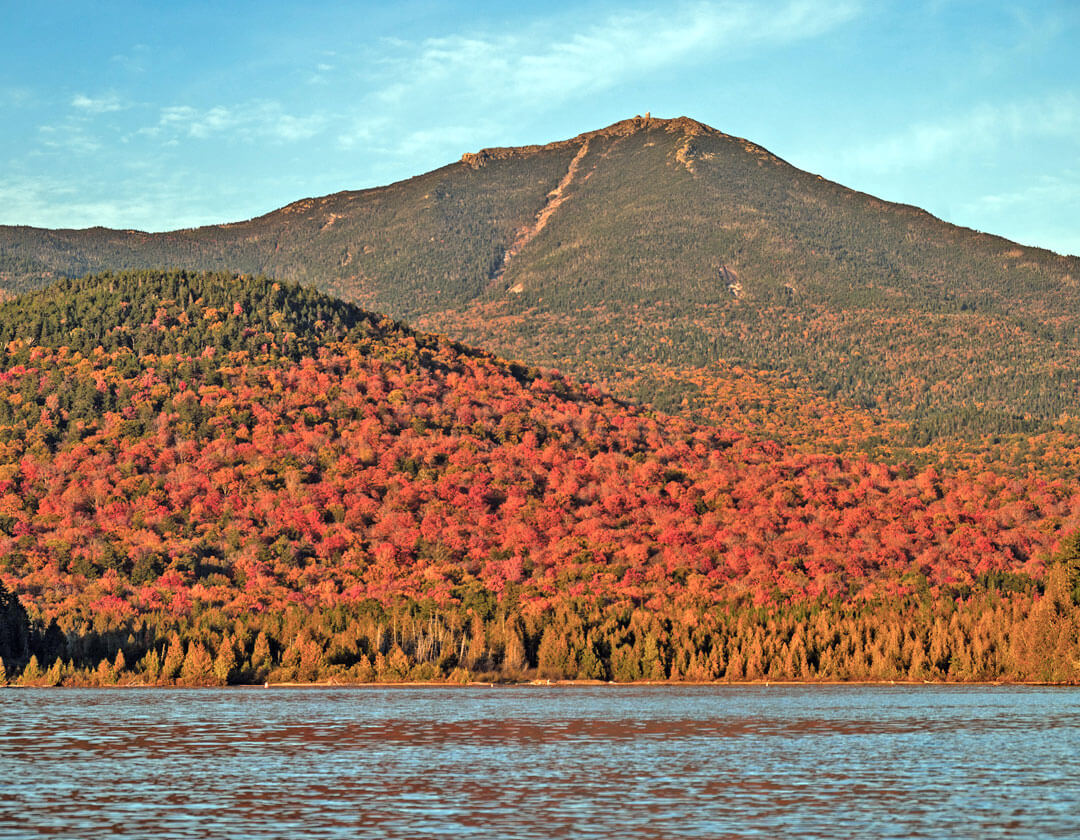As spring swings into high gear, we begin the yearly ritual of readying our yards for the season.

A big source of frustration for shore owners is sharing the lakefront with geese, or more particularly, dealing with the mess they leave behind. Geese munch on lawns next to the water. This feasting results in messy stools that are particularly dangerous to water quality as they run into the Lake after a rainstorm. They contain nutrients that fuel harmful algal blooms, weaken fish and wildlife habitats, and threaten our enjoyment of the water.
So, what can you do? Geese like to see where they land, so if you have any grass, allow it to grow at least three to four inches. The additional height allows longer roots that aerate the soil. Rainwater is better absorbed when it is filtered by the soil before entering the Lake.
Plant native, pesticide-free perennials and shrubs along the shoreline. Native plants have evolved over time to adapt to our unique climate. They require less maintenance and often live for decades. Add a rain garden. Water collection gardens are designed to capture the overland flow of water so it can be absorbed and filtered slowly before entering the Lake.
Wondering what to plant? Cardinal flower, blue lobelia, asters, and white turtlehead are good choices for shady areas where the soil is wetter; buttonbush, pussy willows, and Red osier dogwood work well in these areas. For sunny areas, plant bee balm, coreopsis, goldenrods, penstemon, and yarrow. Eastern red cedar, red maple, and native willows help to keep shorelines intact and reduce erosion. To find more native plants and trees, go to: nwf.org/nativeplantfinder
The Lake Placid Land Conservancy can guide your lake-friendly practices.
For more information, please contact:
Kerry Crowningshield, Executive Director
kerry@lakeplacidlandconservancy.org



